Research & Technical Content
Research Material
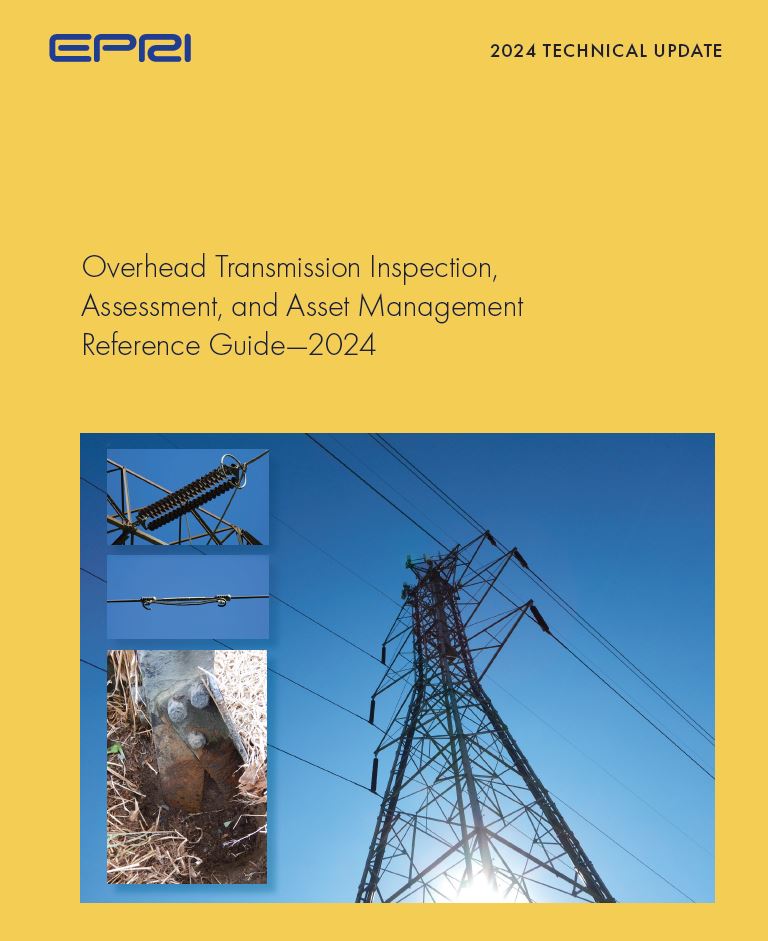
The Overhead Transmission Inspection, Assessment, and Asset Management Reference Book
The Overhead Transmission Inspection, Assessment, and Asset Management Reference Book, also known as The Yellow Book, is an evolving resource designed to provide a self-contained, state-of-the-art, and up-to-date resource on inspection and assessment methods and technology that is sufficient for the day-to-day needs of both experienced and novice asset managers, inspection personnel, and other maintenance stakeholders. The Reference Book is arranged into three topic-based volumes: 1. Asset Management; 2. Component-Specific Inspections, Assessment, and Issues; and 3. Application of Inspection Methods and Technologies.
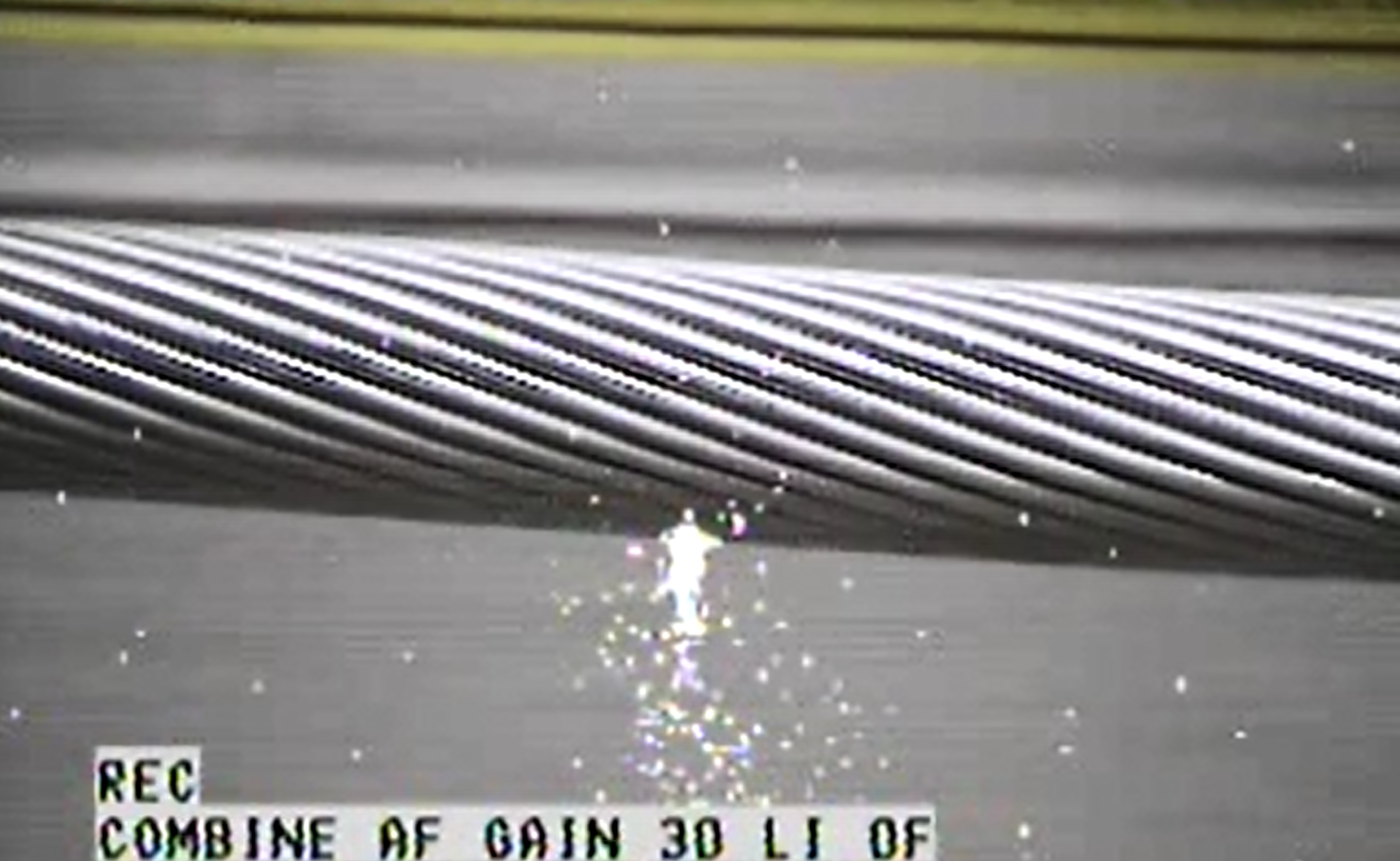
The Daytime Discharge Inspection of Transmission Lines Field Guide
The Daytime Discharge Inspection of Transmission Lines field guide provides practical instructions for inspecting transmission and distribution overhead lines and substations during daytime using UV cameras to detect electrical discharge activity such as corona and arcing. It helps identify defects on components like insulators, conductors, and hardware, explains their impact, and offers guidance on maintenance priorities and inspection techniques to ensure system reliability and safety.
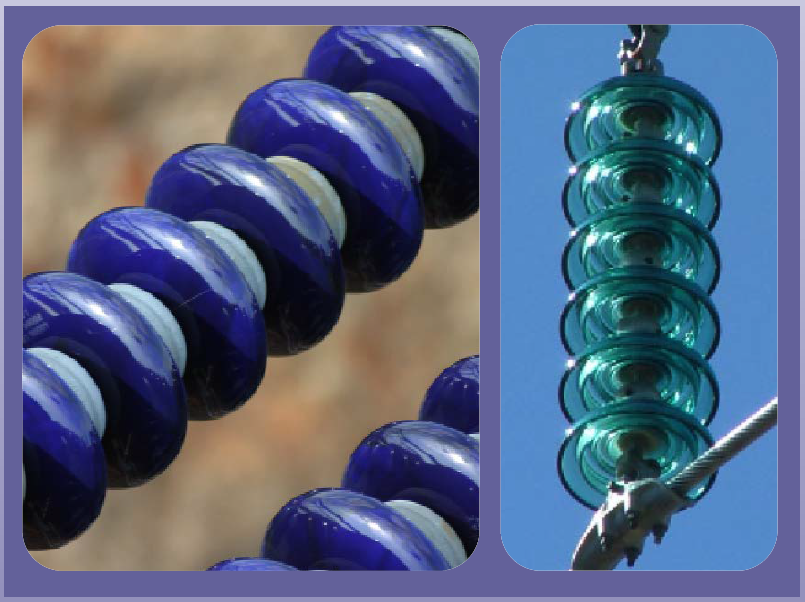
Visual Inspection of Porcelain and Glass Disc Insulators Field Guide
The Visual Inspection of Porcelain and Glass Disc Insulators field guide offers practical guidance for inspecting porcelain and glass disc insulators used in transmission lines through visual examination. It details common defects such as pin corrosion, cracking, cement damage, cap corrosion, shell damage, punctures, glaze damage, donut failure, and contamination, explains their causes and effects on electrical and mechanical performance, and provides maintenance priority ratings with recommended actions to help ensure the reliability and safety of the electrical system.
Research Summaries
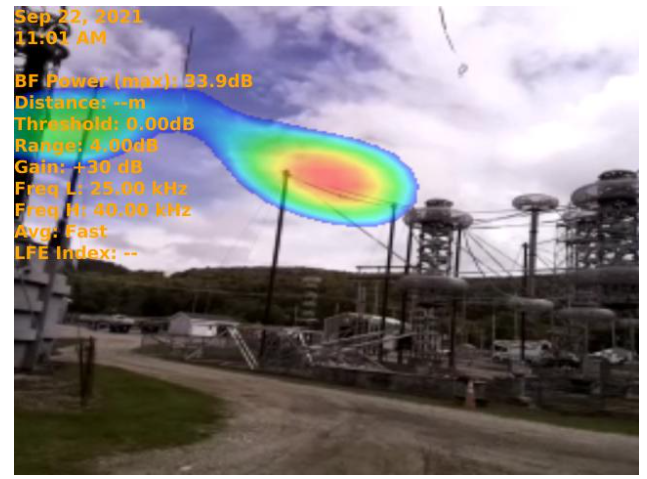
Assessing the BATCAM’s Ability to Detect Corona
The detection of electrical discharge activity on and around energized equipment is important as it may indicate a faulty or incorrectly installed component. An assessment of the corona detection ability of the BATCAM’s device is presented by following the link above.

Transmission Inspection Practices and Information Management
EPRI’s Overhead Transmission Program hosted a roundtable discussion in October 2022 with 52 utility representatives to discuss inspection techniques, information processing, current challenges and future possibilities. A summary of the discussion is presented here.
Reference Information
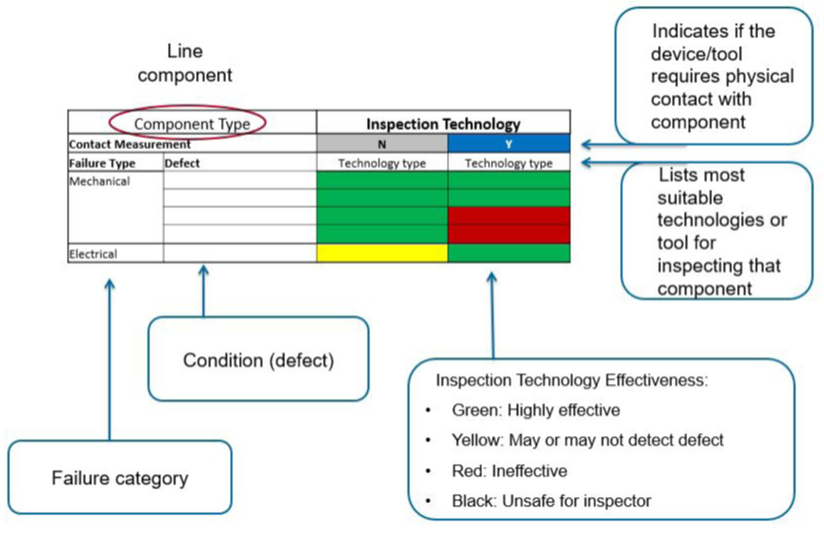
Selecting Effective Inspection and Assessment Methods and Technologies
These table present common detectable defects with corresponding inspection technologies. Selection of the most suitable technology is based on a simple “H”, “M”, “L” scheme for a given component condition: L indicates not effective; H indicates the most effective option; and M indicates a possibility of a false positive or false negative result.